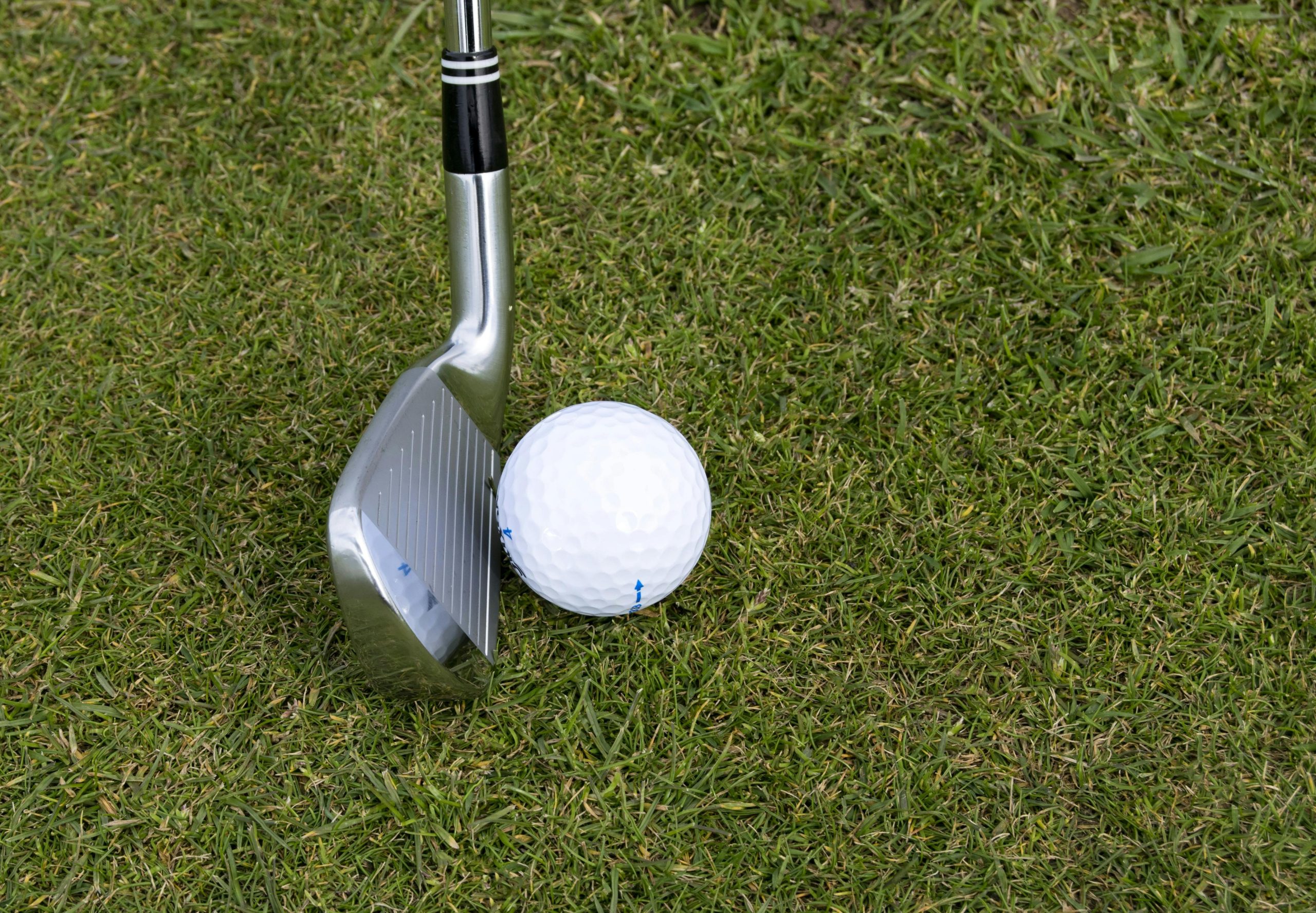Unveiling the Mystery of Iron Offset

What is Iron Offset?
Iron offset refers to the positioning of the clubhead in relation to the shaft. In simpler terms, it’s the angle at which the clubhead is set back from the shaft. You can usually spot the offset by looking at the hosel (the part of the club that connects the shaft to the clubhead) – if the clubhead appears set back from the shaft, it likely has offset.
The Role of Iron Offset in Golf Clubs
Now, you might be wondering, why does iron offset even matter? Well, it plays a crucial role in how you strike the ball and control your shots. A club with offset helps golfers square the clubface at impact more easily, promoting straighter shots and minimizing slices or hooks.
Impact on Ball Flight and Accuracy
When you address the ball with an iron that has offset, it encourages a slight delay in the closing of the clubface during the swing. This delay can help counteract a tendency to slice the ball for some players. Conversely, if you tend to hook the ball, less offset or even a club with no offset might be more suitable for you.
Finding the Right Balance: Customization and Preference
Choosing the right amount of offset ultimately depends on your swing mechanics and personal preference. Some golfers find that a little offset helps them square the clubface consistently, while others prefer minimal or no offset for a more traditional feel. Experimenting with different offset configurations can help you find what works best for your game.
Conclusion: Embracing the Impact of Iron Offset
In conclusion, iron offset is not just a fancy term thrown around by golf enthusiasts – it’s a critical aspect of club design that can significantly influence your performance on the course. Whether you’re a beginner or a seasoned pro, understanding how offset affects your shots can help you make informed decisions when selecting your golf clubs. So, embrace the offset, experiment with different configurations, and watch your game improve!
By incorporating iron offset into your understanding of golf club dynamics, you’ll be better equipped to elevate your game and enjoy more consistent and accurate shots on the course.
Unveiling the Mystery of Iron Offset
Golf is a game of precision, where even the slightest adjustments can make a big difference in your performance. One such adjustment that often perplexes beginners is iron offset. But fear not! In this article, we’ll break down what iron offset is, how it affects your golf clubs, and why it’s essential for your game.
What is Iron Offset?
Iron offset refers to the positioning of the clubhead in relation to the shaft. In simpler terms, it’s the angle at which the clubhead is set back from the shaft. You can usually spot the offset by looking at the hosel (the part of the club that connects the shaft to the clubhead) – if the clubhead appears set back from the shaft, it likely has offset.
The Role of Iron Offset in Golf Clubs
Now, you might be wondering, why does iron offset even matter? Well, it plays a crucial role in how you strike the ball and control your shots. A club with offset helps golfers square the clubface at impact more easily, promoting straighter shots and minimizing slices or hooks.
Impact on Ball Flight and Accuracy
When you address the ball with an iron that has offset, it encourages a slight delay in the closing of the clubface during the swing. This delay can help counteract a tendency to slice the ball for some players. Conversely, if you tend to hook the ball, less offset or even a club with no offset might be more suitable for you.
Finding the Right Balance: Customization and Preference
Choosing the right amount of offset ultimately depends on your swing mechanics and personal preference. Some golfers find that a little offset helps them square the clubface consistently, while others prefer minimal or no offset for a more traditional feel. Experimenting with different offset configurations can help you find what works best for your game.
Conclusion: Embracing the Impact of Iron Offset
In conclusion, iron offset is not just a fancy term thrown around by golf enthusiasts – it’s a critical aspect of club design that can significantly influence your performance on the course. Whether you’re a beginner or a seasoned pro, understanding how offset affects your shots can help you make informed decisions when selecting your golf clubs. So, embrace the offset, experiment with different configurations, and watch your game improve!
By incorporating iron offset into your understanding of golf club dynamics, you’ll be better equipped to elevate your game and enjoy more consistent and accurate shots on the course.
